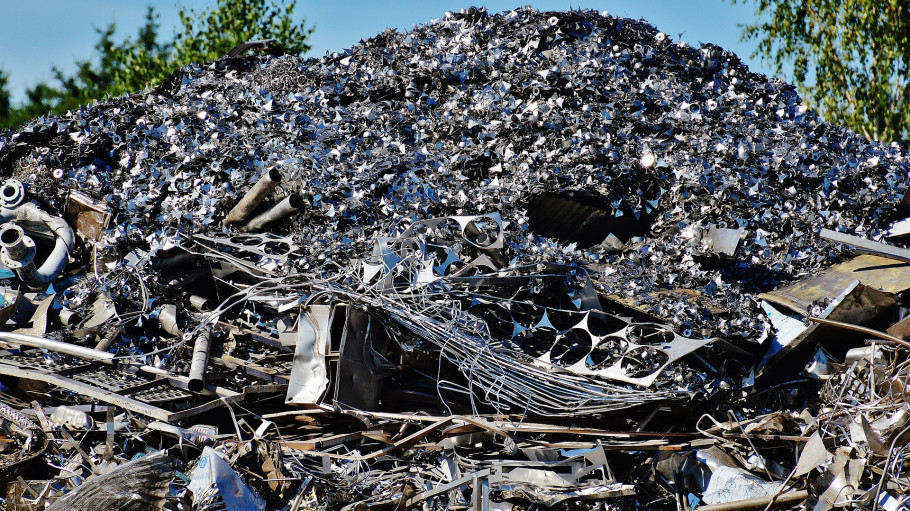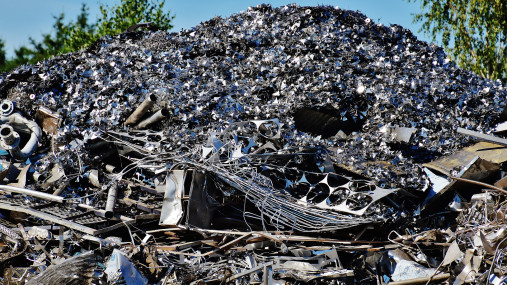
Publications » Position papers » Contribution of the waste shipment regulation to EU ambitions on circularity and climate
Contribution of the waste shipment regulation to EU ambitions on circularity and climate
Downloads and links
Recent updates

The release of the Communications by the European Commission on the EU Green Deal and the New Circular Economy shed a new light on how the EU can achieve its goals towards resource efficiency and climate. The EU Green Deal mentioned that “EU should stop exporting its waste outside of the EU and will therefore revisit the rules on waste shipments and illegal exports”.
The Communication also stressed that the access to resources is also a strategic security question for Europe’s ambition to deliver the Green Deal. More precisely, the EU Green Deal pointed out that ensuring the supply of sustainable raw materials necessary for clean technologies, by diversifying supply from both primary and secondary sources, is one of the pre-requisites to make the green transition (even more in the COVID-19 context) happening.
Moreover, the New Circular Economy Action plan aims at these objectives in particular via thefollowing two actions: (1) creating a wellfunctioning EU market for secondary raw materials; (2) addressing waste exports – which are losses of resources and economic opportunities for the recycling industry in the EU through the review of the Waste Shipment Regulation aiming at restricting exports of waste that can be treated domestically within the EU.

Download this publication or visit associated links
Brussels, 02 July 2025 – The 90% climate target proposed today by the European Commission demands an unprecedented transformation of EU society and industry in just 15 years. The European steel industry is already doing its part, but a viable business case for the transition is still lacking. To enable it, the EU needs to implement the Steel and Metals Action Plan much more decisively, delivering a highly effective trade protection against global overcapacity, access to internationally competitive low carbon energy and scrap, and a watertight CBAM, says the European Steel Association.
How global overcapacity is destroying European industries
European Steel in Figures 2025 is EUROFER's statistical handbook, laying out in an easy-to-use format the key statistics and data about the performance and footprint of one of Europe's most important strategic sectors